Service update: On February 16, 2025, LifeLabs employees represented by BCGEU provided Notice of Strike. Some of our Patient Service Centre locations will be temporarily closed beginning on Thursday, February 20, 2025. As an essential service, LifeLabs will remain operational; however, there may be general delays. Before visiting a Patient Service Centre, please check our location finder for the latest information. Customers with appointments will be notified if rescheduling is required. We apologize for any inconvenience and thank you for your patience.
Step 1
Get Your Patient Package
Step 2
Visit your healthcare provider
Once you have your patient package, you are ready to discuss your test options with your healthcare provider. Bring the package to your appointment, as it contains all the documents your physician will need to complete a test requisition.
Step 3
Find a LifeLabs location
Step 4
Book an appointment
Book an appointment to have a sample taken at one of our Patient Service Centres. (note: HPV samples will be obtained by your healthcare provider)
Step 5
Get the Results
Arrange an appointment with your healthcare provider to review and discuss your test results.
Questions? Contact Us
Healthcare Providers FAQs
Have a question or need clarification? We are here to help you find the answers you need, when you and your patients need it most.
For rush results (NAAT within 12 hours and PCR within 24 hours)
- Order your FlyClear test and receive your FlyClear test requisition
- Book an appointment at a LifeLabs location below.
- Bring your printed FlyClear requisition and Passport
- Select your ordered Province’s Rush Test to start booking:
British Columbia6084 Russ Baker Way
Richmond near AirportOntario6084 Russ Baker Way
Richmond near Airport
Pre-Departure testing now available from the comfort of your home with MyVisit (Currently Greater Toronto Area only)
- Order your FlyClear test and receive your FlyClear test requisition.
- Book your Home Visit appointment with the MyVisit portal or, if your flight is within the next five days, contact a MyVisit coordinator 1-416-993-9579 (Monday – Friday, 9am-5pm EST)
MyVisit Pre-departure testing offers:
- COVID-19 PCR/NAAT swab testing
- COVID-19 Antibody Blood (serology) testing
The MyVisit fee is $80 per person.
Pre-Departure testing
Book your appointment online here. If your flight is within the next five days and you have received your FlyClear requisition, please contact a MyVisit coordinator 1-416-993-9579 (Monday – Friday, 9am-5pm EST).





